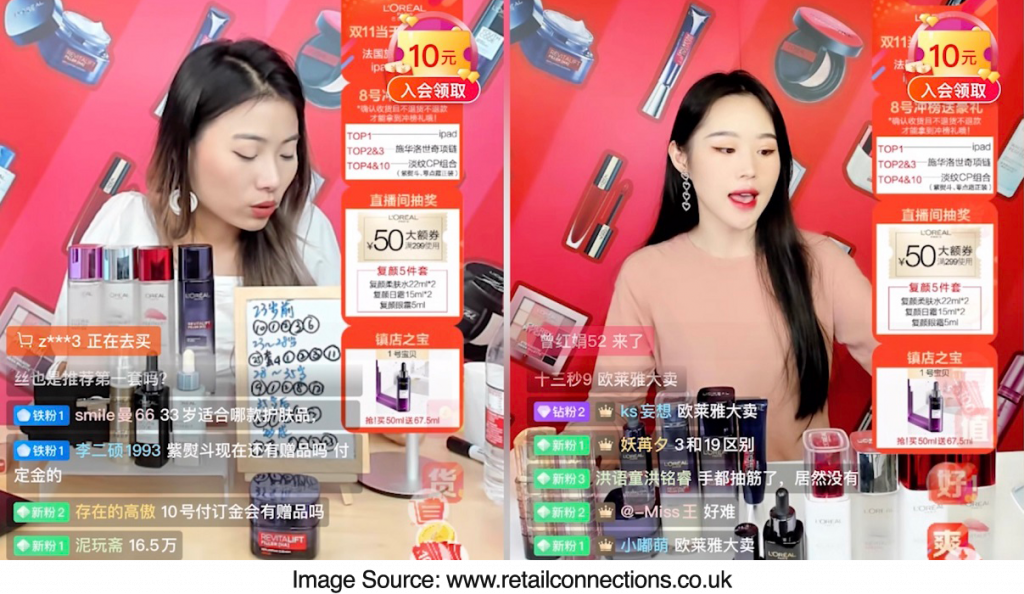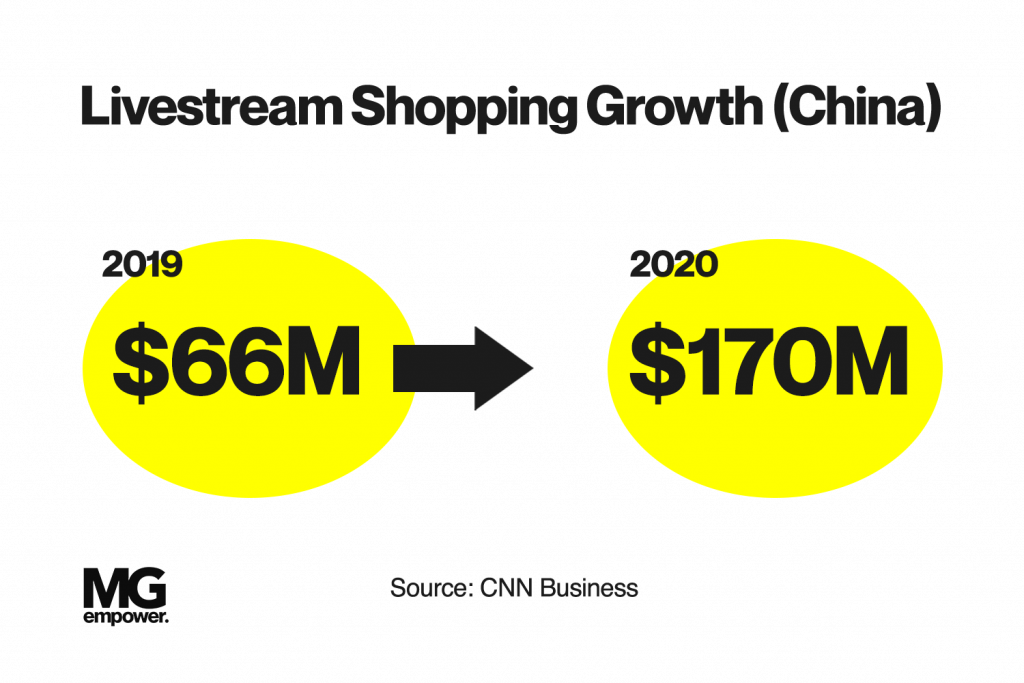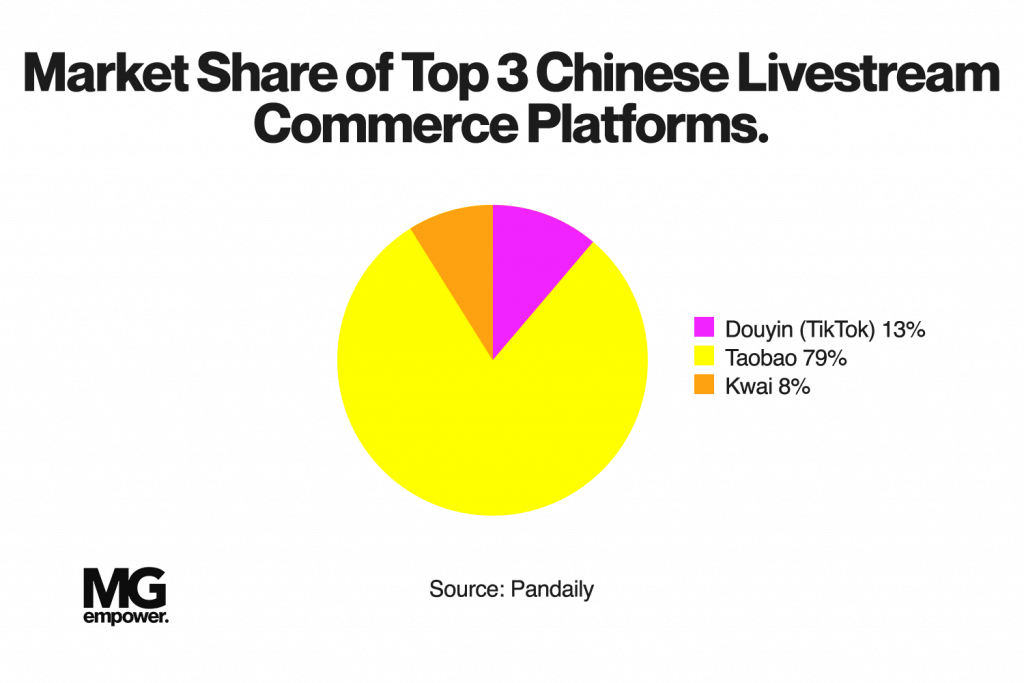This year, as staying at home orders, were extended, and retail outlets, for the most part, remained shuttered, many of us have turned to online shopping to procure everything from the most basic necessities to luxury items. This increase in traffic has resulted in a boom in the eCommerce industry. And as the global pandemic continues, eCommerce has become a saving grace for retailers. And it’s a rare outlet for those confined to their living spaces. According to Digital Commerce 360, this trend has seen eCommerce sales rise by 30% from 2019 to 2020. This pattern looks to continue well into the future.
But what does that future look like? As revolutionary as eCommerce and its mobile offshoot, mCommerce (mobile commerce), have been, they don’t come close to replicating the retail shopping experience. The interaction just isn’t there, the connectivity, the feeling of exploring. This is something Livestream shopping looks to rectify.
Important Takeaways:
- eCommerce has grown by 30% in the past year.
- China is currently the leader of the world in eCommerce and Livestream shopping.
- Revenue generated by Livestream shopping is expected to reach 170 billion dollars in China by the end of this year.
- Livestream shopping presents a great opportunity for brands and micro-influencers to collaborate and get high levels of user engagement.
- It also adds a more experiential and exciting element to online shopping, letting users interact directly with the host of the stream through comments.
- Gives users real-time insights into the products they purchase when compared to traditional online shopping.
- Already established in China, main social media platforms such as Instagram, Facebook, and Amazon have added Livestream shopping services to their apps.
What Is Livestream Shopping?
Livestream shopping is an emerging trend that combines Livestreaming with the ability to buy products directly from Livestream. In this way, it allows consumers to get a more engaging experience than just clicking and filling a virtual shopping cart.
Livestream shopping also capitalizes on the inherent interactivity of social media. As viewers tune in, comments flash across the screen.
In some Livestreams, products will have a limited window to be showcased. There’s a countdown marking the minutes and seconds until the item will become available. When it does, viewers can watch the availability tick down in real-time.
In others, audience members can get discounts for purchasing products during a certain window. In both cases, Livestream shopping is more than just an extension of eCommerce. It brings a level of excitement and spontaneity, all while fostering a sense of interaction not possible with traditional online retail.
Similar to in-person shopping, prospective buyers can interact with the host via comments. They can ask questions about the products being showcased, ask to see the inside or different angles of certain items, ask about size or feel.
This level of interaction between consumers and Livestream hosts creates a more dynamic environment for selling and purchasing.
What We Can Learn From China
With the number of items selling out in a matter of seconds, live shopping can be a lucrative venture for those involved. For this reason, many brands are looking to Livestream shopping as an opportunity to strengthen their eCommerce offering.
However, at the moment, Livestream shopping is still in its infancy in the Americas and Europe. This has left brands from these regions looking towards the eCommerce giant that is China to inform their forays into Livestream shopping.
CNNBusiness reports that In 2019, the Livestream eCommerce revenue from China alone accounted for 66 billion dollars. By the end of 2020, this number is expected to increase by 170 billion dollars, according to the business news outlet.
But why is China so uniquely positioned to take advantage of this trend whereas social media? And why eCommerce giants such as Instagram and Amazon are currently still in the rollout stages of their live shopping offerings?
The answer is in the way in which they set up Chinese social media platforms.
The Rise of the Super Apps
Platforms like Taobao, owned by Alibaba, and WeChat function as both hybrids of social media and eCommerce platforms, essentially giving users a plethora of services from microblogging, messaging, and online shopping, all in one experience.
This interconnected economy of services means that live stream shopping is simply an extension of the existing model, making benefit of services that are already in place.
In the West, apps like Instagram and Facebook began to integrate marketplaces into their experiences only in the previous year. But in China, the super app model has been integral to the appeal of their mobile-first market for years.
With super apps that double as eCommerce sites and content marketplaces, China is bridging the gap between individual consumers and the bigger social media community. Livestream shopping is simply a natural evolution of shopping.
However, just banking on a built-in audience isn’t enough to pull in audiences and, by extension, serious shoppers. For brands looking to take the most advantage of their live stream ventures, there are several different factors that play a role in putting on a successful event. And picking the right influencers is one of the most essential steps.
The Relationship Between Content and Commerce
As the host of the event, influencers, or KOLs in China, is essentially the heart of Livestream shopping. Big names in the influencer world such as Kim Kardashian have recently hosted events. But having a million followers doesn’t necessarily equate to being a great host.
As Livestream shopping evolves, much like the greater influencer marketing industry, micro-influencers are very much in demand. And for good reason.
Micro-influencers typically help to get much higher engagement rates than their high-tier counterparts. This is due to the personal relationship they make with their much smaller followings through more personalized content.
This type of authenticity and genuine connection is paramount when it comes to Livestream shopping.




